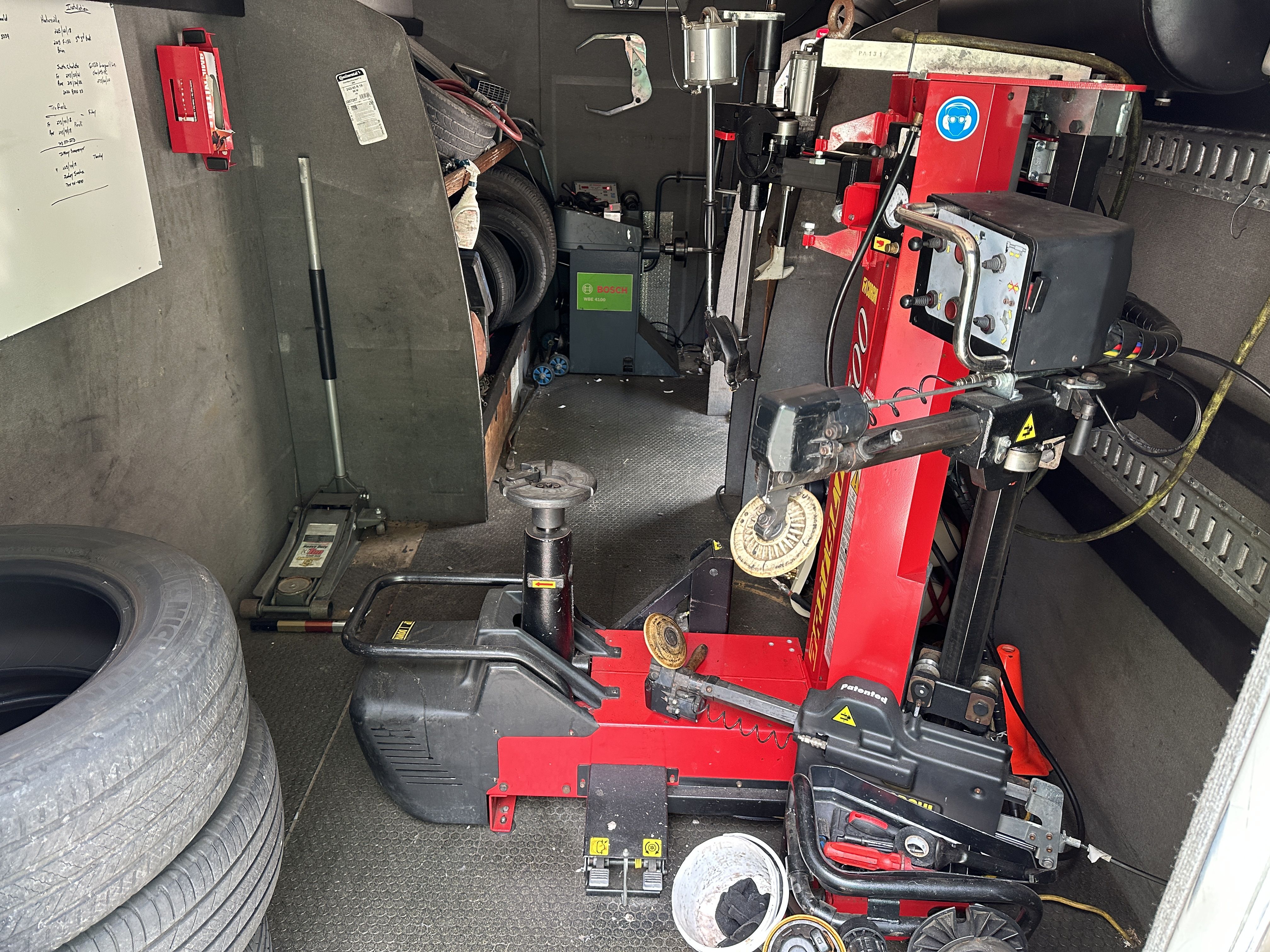Tire Service: Proven Approaches for Optimum Tire Upkeep and Treatment
From guaranteeing correct tire pressure to routine turning and alignment, there are tested approaches that can considerably expand the life expectancy of your tires and enhance overall driving experience. Let's dig right into the globe of tire service and find the keys to keeping your tires in first-class form for the lengthy haul - Mobile Tire Change Las Vegas.
Relevance of Tire Stress
Proper tire pressure is a critical consider ensuring optimal car performance and security when driving. Keeping the advised tire stress levels provided by the producer provides countless advantages. To start with, adequate tire pressure advertises better gas performance, as under-inflated tires can lead to increased rolling resistance, causing the engine to work more difficult and consume more fuel. Second of all, right tire pressure makes sure even walk wear, boosting tire long life and conserving money in the future by postponing the demand for premature replacements. In addition, appropriately inflated tires add to enhanced handling and braking capacities, critical for secure driving in different roadway problems. Over-inflated tires, on the other hand, can lead to decreased grip and a harsher experience. On the other hand, under-inflated tires are susceptible to overheating, which can bring about mishaps and blowouts. On a regular basis checking and changing tire stress, particularly in the past long trips, is an easy yet reliable method to boost car efficiency, prolong tire life-span, and prioritize safety and security when driving.
Tire Rotation Standards
When considering tire turning standards, it is important to recognize the significance of this maintenance task in taking full advantage of tire life-span and keeping optimum automobile performance. Tire rotation involves changing the placement of each tire on a vehicle to ensure also step wear. Front tires often tend to put on quicker than rear tires due to steering pressures, making routine rotation critical for well balanced wear patterns. The advised turning pattern varies depending upon whether a vehicle is front-wheel, rear-wheel, all-wheel, or 4x4. Typically, tires should be revolved every 5,000 to 7,500 miles, or as suggested in the automobile manual. Disregarding tire turning can cause uneven wear, influencing handling, grip, and potentially compromising lorry safety and security. By adhering to correct rotation standards, motorists can extend the life of their tires, enhance gas performance, and improve total driving experience. Routine turning is a basic yet efficient upkeep technique that adds considerably to tire longevity and vehicle performance.

Benefits of Wheel Placement
Ensuring proper wheel alignment after tire rotation is crucial for maintaining balanced wear patterns and optimizing automobile efficiency. Furthermore, right wheel placement helps to extend the life-span of your tires. Misaligned wheels can trigger unequal tire wear, leading to premature tire replacement and boosted upkeep prices.

Tire Tread Depth Inspect
Executing a regular evaluation of tire walk deepness is essential for maintaining risk-free driving problems and Discover More lengthening the life-span of your tires. The tread on your tires plays a critical role in providing traction, particularly in damp or unsafe conditions. To inspect your tire step deepness, you can use a walk deepness scale or the dime examination. The recommended tread depth is at least 2/32 of an inch. If the step deepness is listed below this limit, it is time to replace your tires to guarantee optimum efficiency and safety and security when driving. Unequal step wear can suggest problems with tire pressure, suspension, or placement, highlighting the relevance of normal walk depth checks. Overlooking to keep track of and maintain correct step depth can result in reduced grasp, longer stopping distances, and an increased risk of hydroplaning. By including tire tread depth explore your routine upkeep routine, you can drive with confidence knowing that your tires remain in top problem.
Seasonal Tire Evaluation
Seasonal tire inspection is a fundamental element of tire maintenance that makes certain tires are prepared to deal with the challenges posed by various climate problems. In preparation for winter, it is essential to examine the tire stress on a regular basis as chilly temperatures can create tire stress to drop. By performing routine seasonal tire assessments, motorists look at this site can prolong tire life-span, improve fuel performance, and most significantly, ensure a safe and secure driving experience in varying weather problems.
Conclusion
Finally, preserving proper tire pressure, turning tires regularly, aligning wheels correctly, checking walk deepness, and carrying out seasonal evaluations are crucial methods for optimum tire care. By adhering to these proven approaches, chauffeurs can guarantee their tires important link last much longer, carry out far better, and contribute to total vehicle safety and security. It is essential to focus on tire upkeep to avoid crashes, improve fuel effectiveness, and lengthen the lifespan of tires.
Appropriate tire pressure promotes much better gas efficiency, as under-inflated tires can lead to boosted rolling resistance, creating the engine to work tougher and consume more gas.When thinking about tire turning guidelines, it is necessary to understand the significance of this upkeep job in making best use of tire life expectancy and preserving optimum vehicle performance. Seasonal tire assessment is a basic aspect of tire maintenance that ensures tires are all set to face the challenges postured by different climate conditions. By carrying out regular seasonal tire evaluations, motorists can extend tire life-span, improve gas efficiency, and most importantly, ensure a protected driving experience in varying weather condition conditions.
In conclusion, maintaining proper tire stress, revolving tires frequently, aligning wheels properly, checking walk depth, and conducting seasonal evaluations are crucial techniques for ideal tire care.